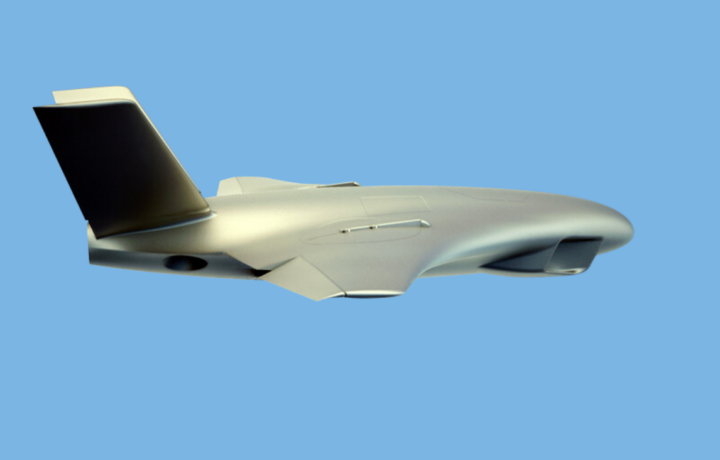Boeing subsidiary Aurora Flight Sciences just sprinted across the first checkpoint in a Defense Advanced Research Projects Agency (DARPA) program aimed at developing a high-speed, vertical lift concept. Aurora unveiled its refined concept of its fan-in-wing high-speed vertical takeoff-and-landing (VTOL) aircraft, and it will now receive funding to proceed to a preliminary design review.
The Boeing-owned firm has become the first company to be awarded a Phase 1B contract.
Time to SPRINT
Last fall, the research and development agency of the United States Department of Defense (DoD) announced that four companies had been selected to take part in its Speed and Runway Independent Technologies (SPRINT) project – a joint DARPA/U.S. Special Operations Command effort to design, build, and fly an X-plane to demonstrate the key technologies and integrated concepts that enable a transformational combination of aircraft speed and runway independence.
According to DARPA, the SPRINT X-plane will serve as a proof-of-concept technology demonstrator while its flight test program seeks to validate enabling technologies and integrated concepts that can be scaled to different-sized military aircraft. The overreaching goal of SPRINT is to provide the aircraft with the ability to cruise at speeds from 400 to 450 knots at relevant altitudes and also to hover in austere environments from unprepared surfaces where it can offer air mobility in Special Operations Forces (SOF) missions.
The program entered its initial Phase 1 last November, and the four companies selected included Aurora Flight Sciences, Bell Textron, Inc., Northrop Grumman Aeronautic Systems, and Piasecki Aircraft Corporation. At least one more company is expected to be awarded a Phase 1B contract.
Aurora is a Go
According to the Boeing-owned firm, Aurora’s concept is built around a low-drag, fan-in-wing demonstrator that was able to successfully integrate a blended wing body platform that can combine the agility of vertical take-off and landing (VTOL) with unprecedented speed.
Aurora Flight Sciences has released new renderings of the fan-in-wing (FIW) demonstrator. It was revealed to feature three lift fans, a refined composite exterior; and an uncrewed cockpit. According to the company, the choice of three lift fans reflected the team’s strategy to simplify the demonstrator while streamlining its path to flight test – but the designers also acknowledged that the FIW technology could be scaled to four or more lift fans to meet future aircraft requirements.
Moreover, it could lead to a future family of systems, and while an uncrewed demonstrator now offers crucial benefits in testing and risk reduction, the FIW technology could be fully transferrable to traditional aircraft with crews. In addition to VTOL, the aircraft would be capable of short take-off and vertical landing (STOVL), super short take-off and landing (SSTOL), and conventional take-off and landing.
The company also noted that its concept was “designed to meet or exceed the challenging program objectives that DARPA set for the program.” That included its blended wing body platform, which is capable of 450-knot cruise speed, while the embedded lift fans with integrated covers allow a smooth transition from vertical to horizontal flight. The design leveraged existing engine solutions, which shortened development risk and timelines.
“Aurora and Boeing bring relevant expertise in blended-wing-body platforms, high-speed VTOL configurations, and military aircraft development,” said Larry Wirsing, vice president of aircraft development at Aurora Flight Sciences. “The DARPA SPRINT program is an exciting opportunity to continue our history of advancing technology demonstrator programs that enable new capabilities for the U.S. military.”
The development of the FIW demonstrator will continue, with work expected to be completed in June 2025, with DARPA aiming to see the first flight of the aircraft within 36 months.
Will it Fly?
Even as the program is entering Phase 1B, it could be at least three years until the aircraft makes its maiden flight – and only if it reaches that point.
As the aerospace trade magazine Aviation Week reported the track record for DARPA X-planes is mixed, and few of the programs have achieved flight, due to the DoD’s research agency failing to secure the required support from the respective military service to transition the technology demonstration. However, DARPA has also refocused its X-planes to be more affordable, and deliver something useful to the military.
The question is whether SPRINT will actually reach the finish line.




